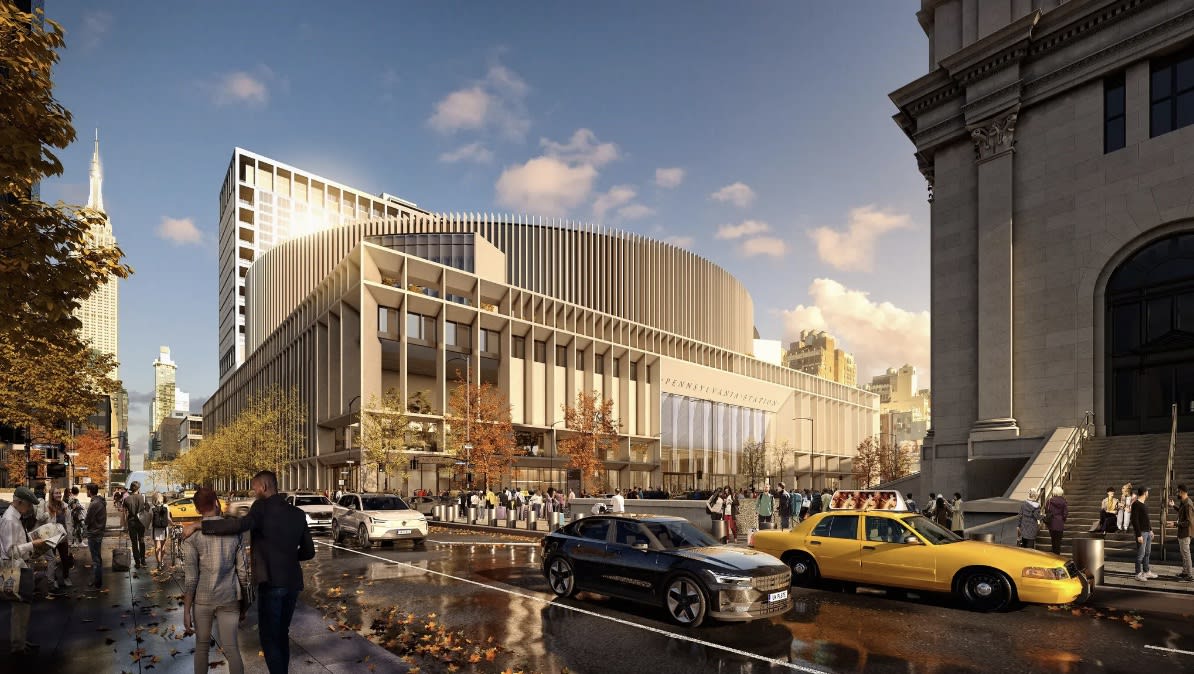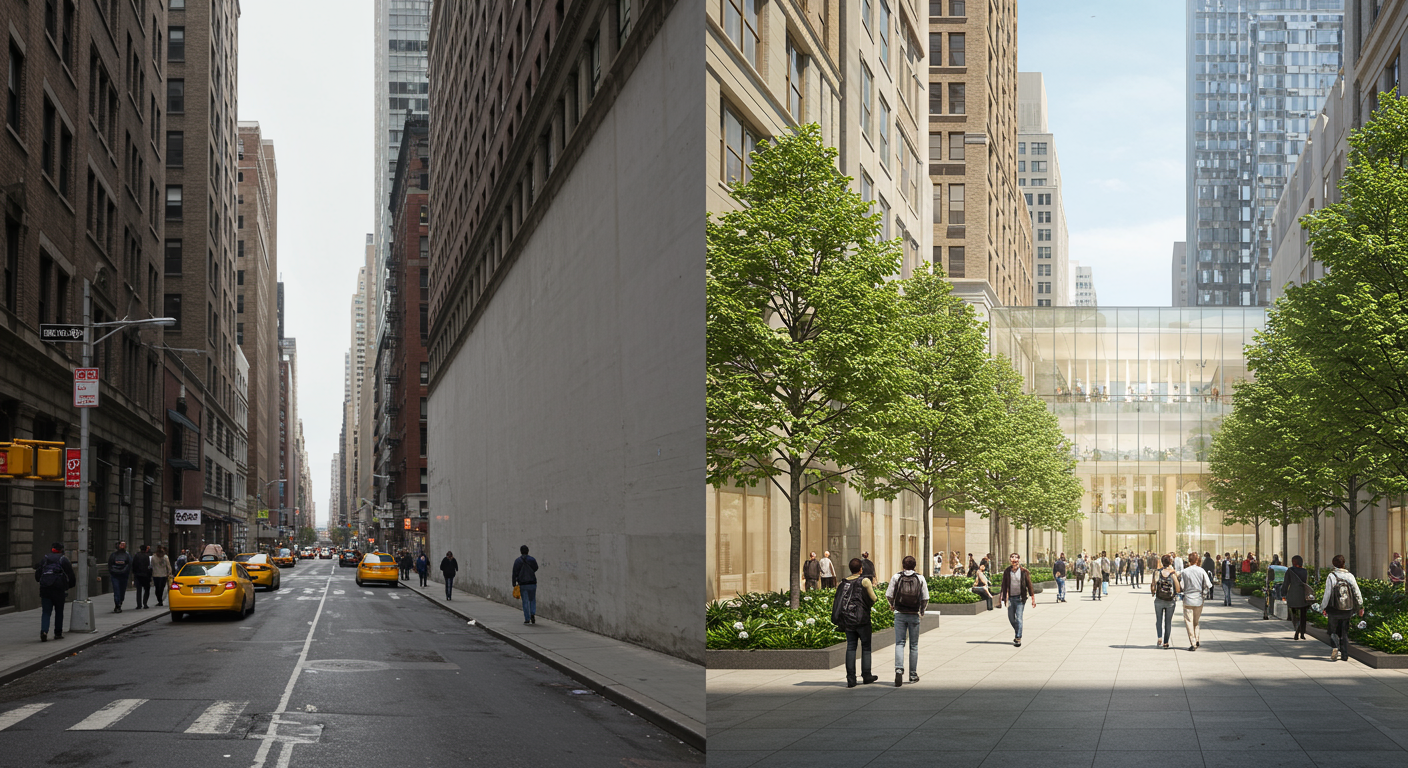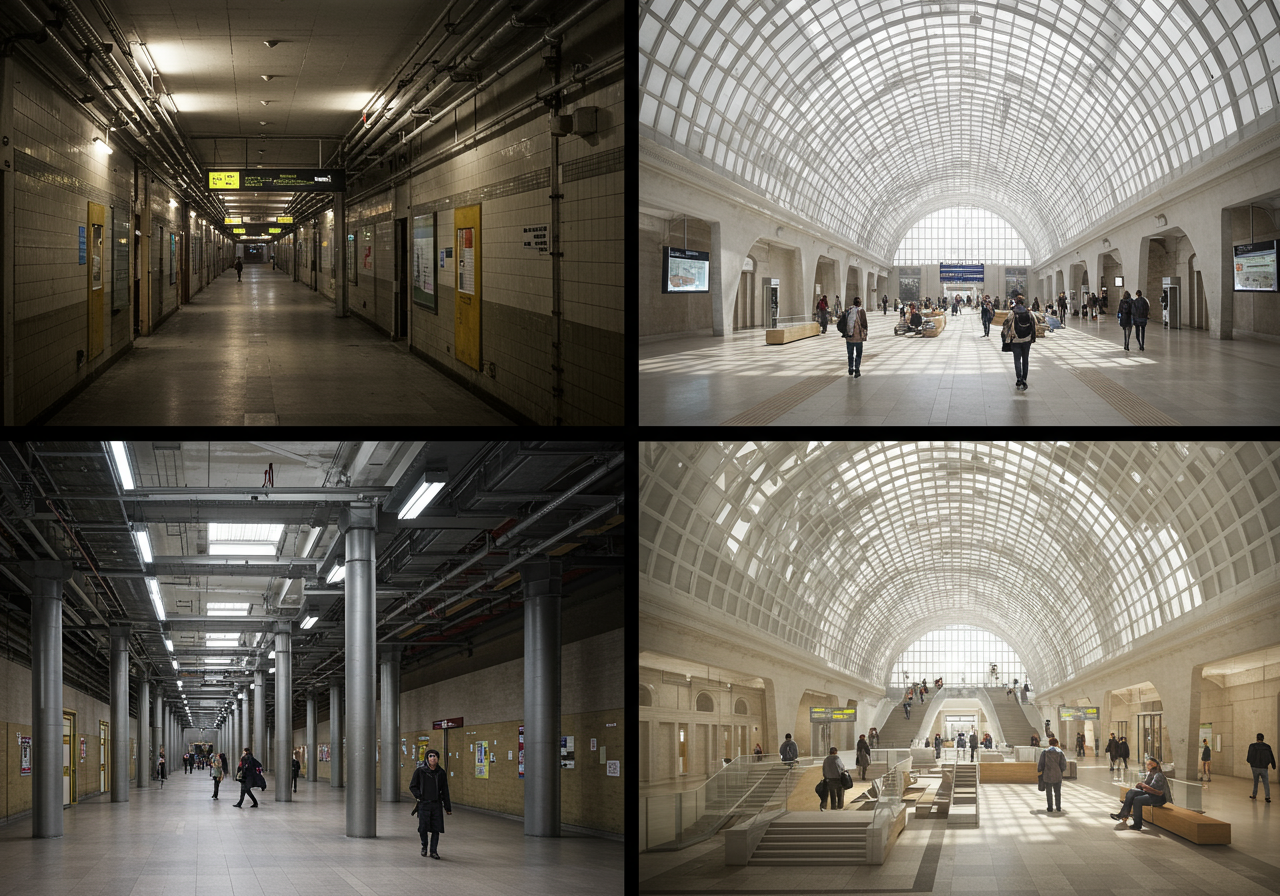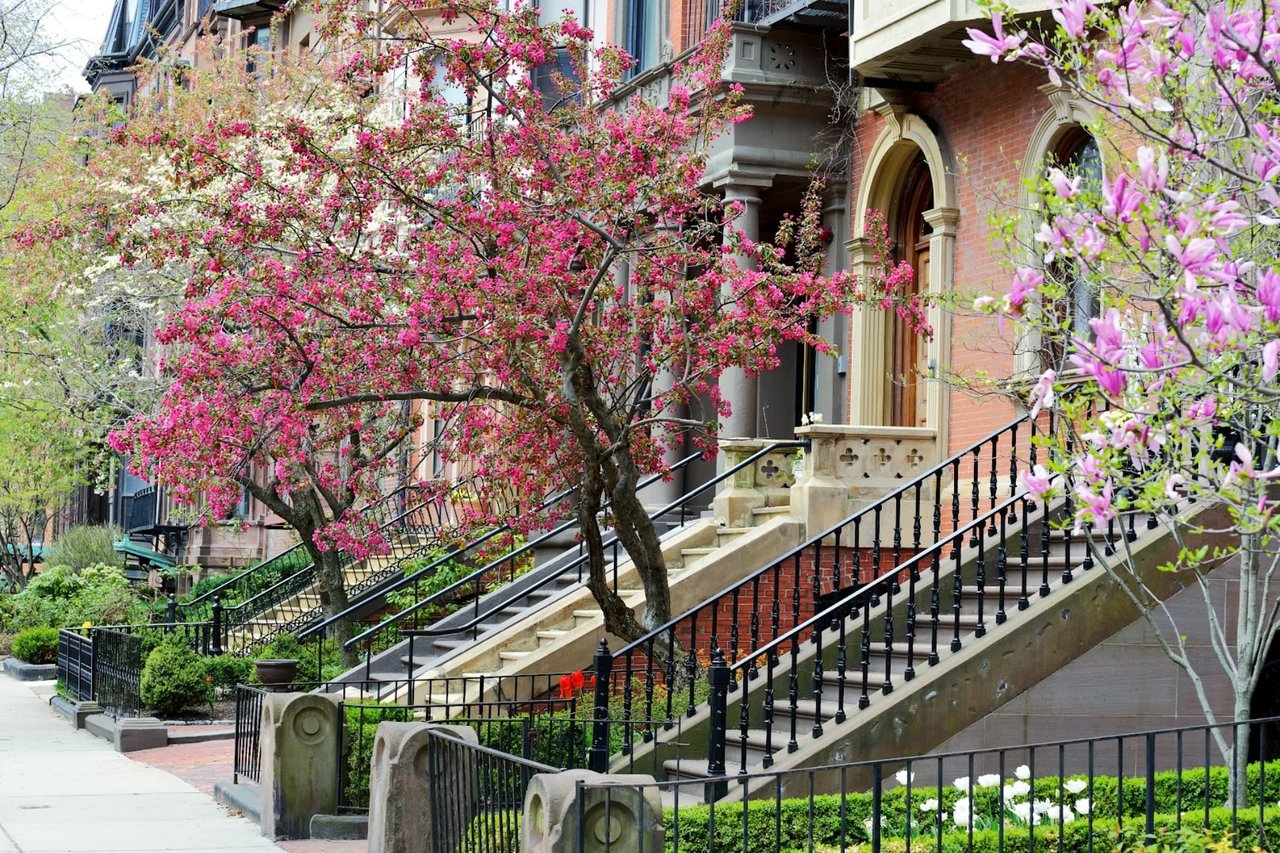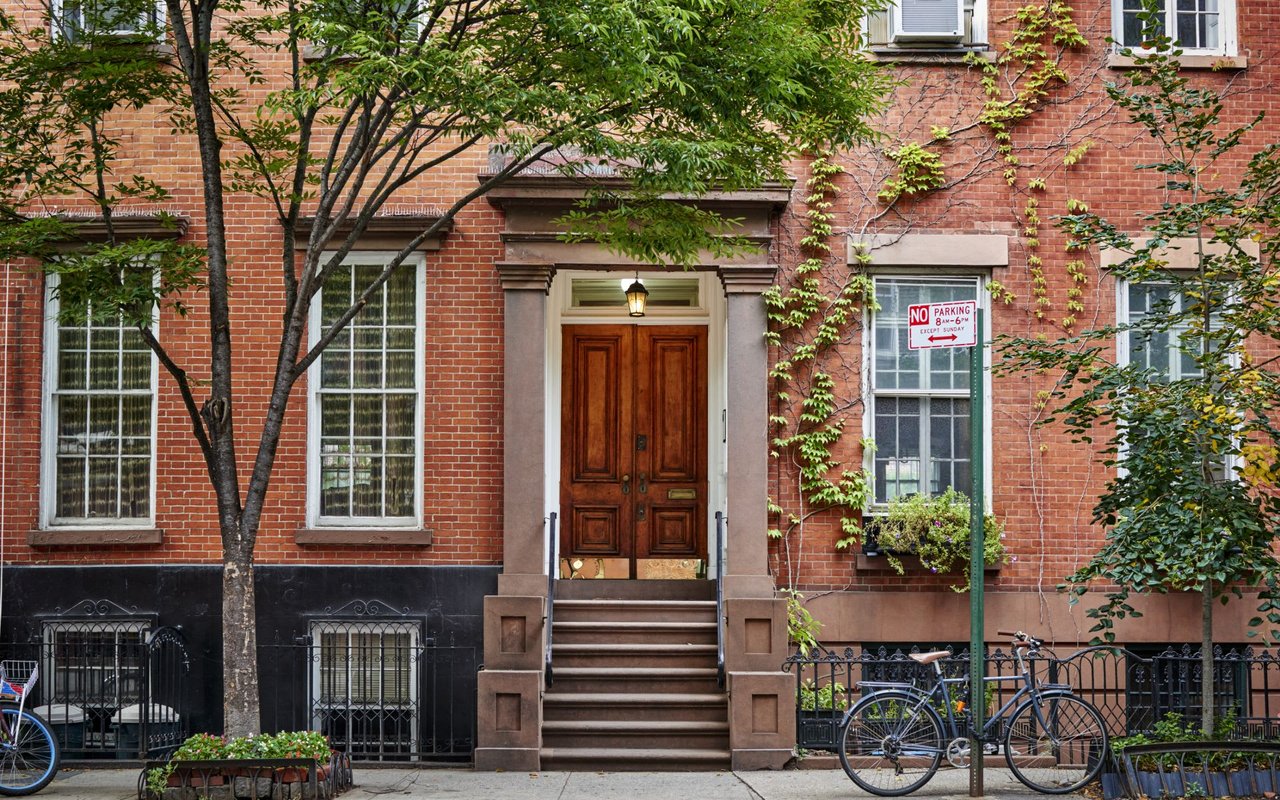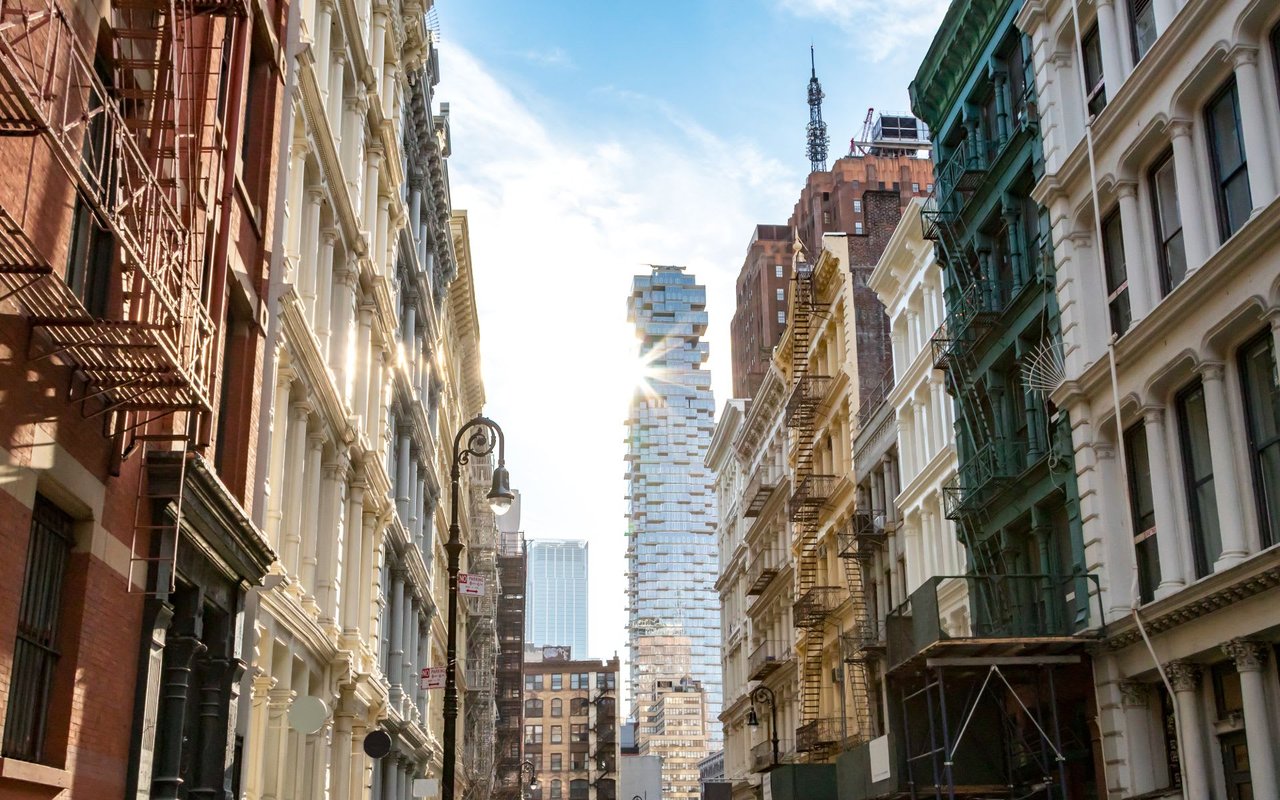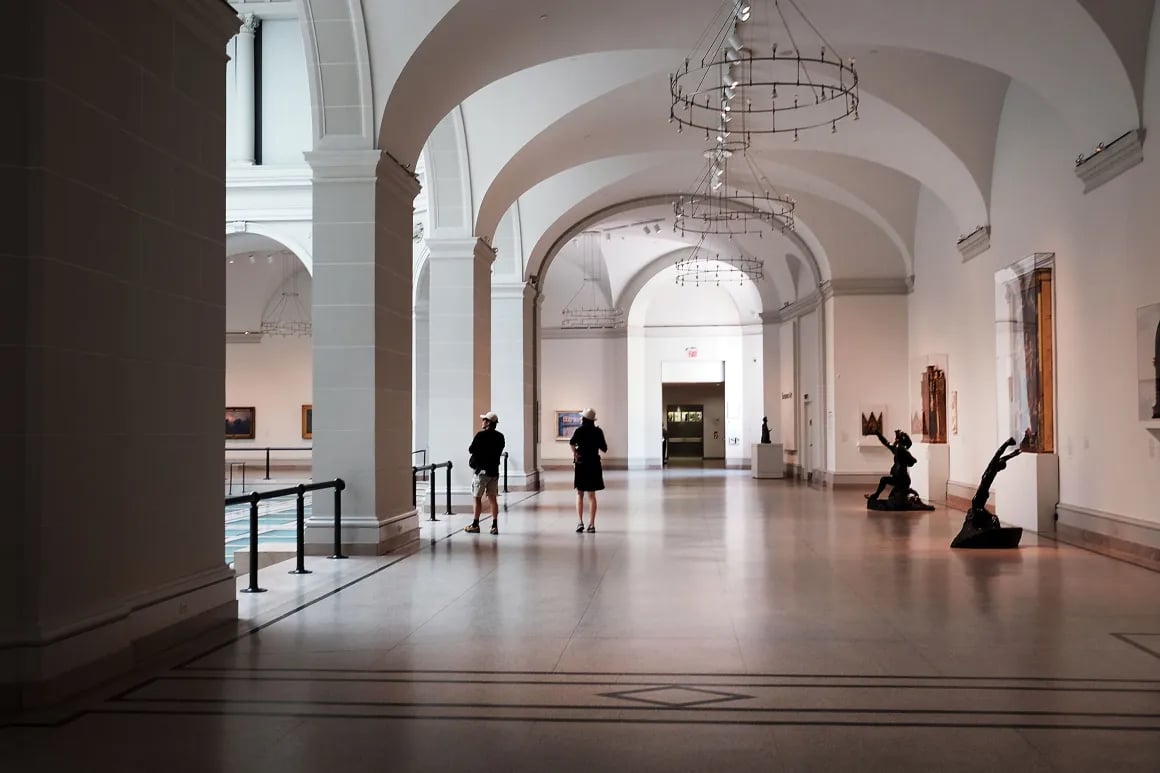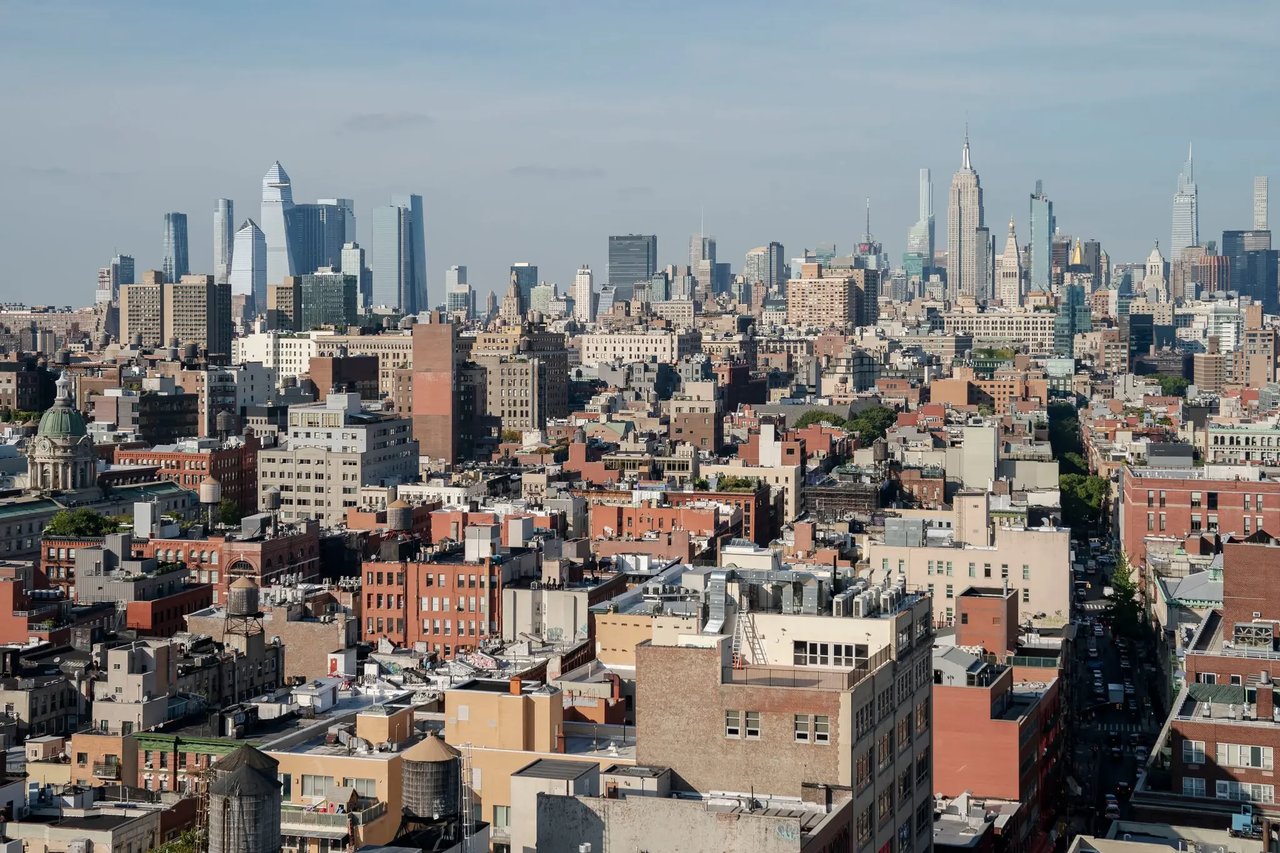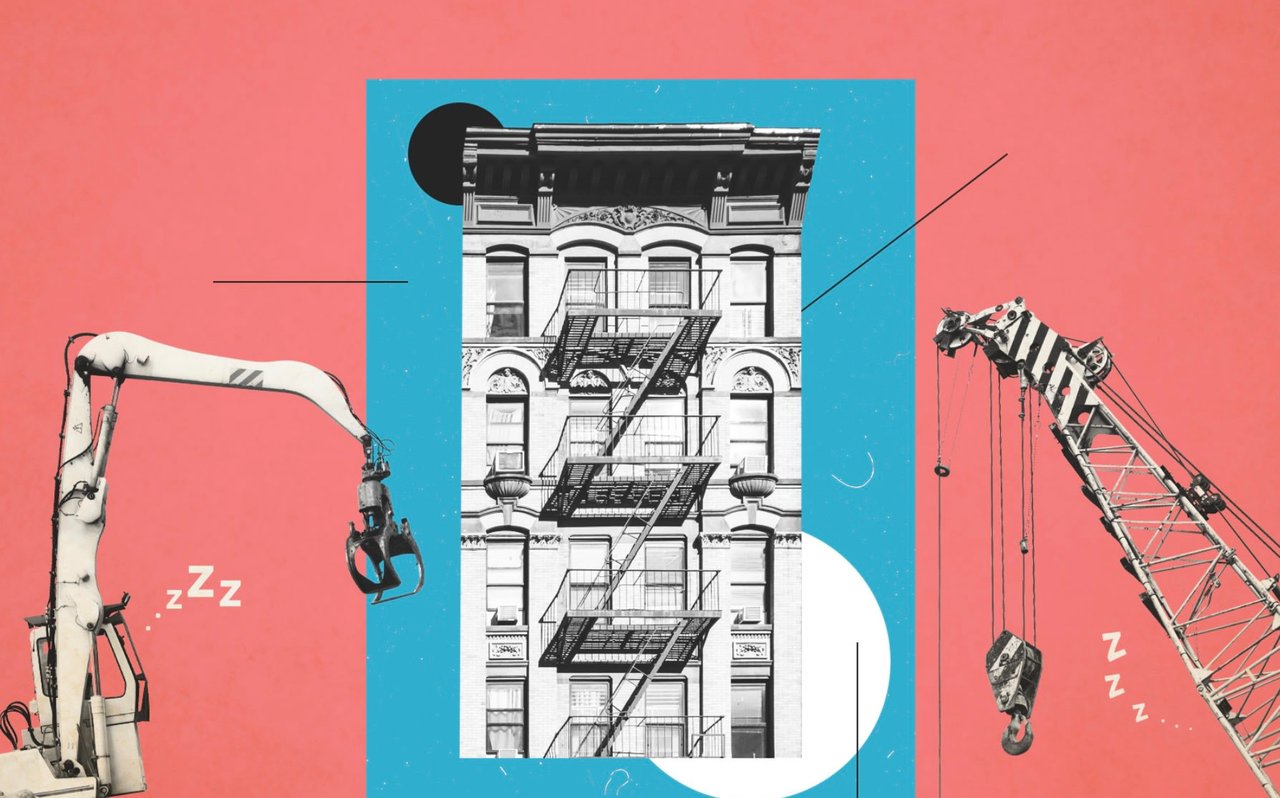A new plan has emerged to improve New York's Pennsylvania Station, offering hope for the notoriously congested and dreary train hub. The plan, proposed by private infrastructure developer ASTM North America, aims to transform the cramped and confusing station into a single concourse with high ceilings and spacious corridors. It envisions a complete overhaul of the station's layout, replacing the current rat's maze beneath Madison Square Garden with a grid of wide corridors that allow for better circulation and natural light. The proposal also includes a new stone facade featuring landscaped terraces and rows of columns, restoring the architectural appeal that was lost when the original Penn Station, designed by McKim, Mead & White, was demolished in the 1960s.
Unlike previous proposals, ASTM's plan does not involve moving Madison Square Garden. Instead, it suggests boxing the arena inside a square podium, which would create a street wall and partially replicate the footprint of the old station. The plan also features a grand entrance on Eighth Avenue, framed by syncopated rows of columns that pay homage to both the original Penn Station and its Beaux-Arts sister, the James A. Farley Building across the street. This entrance would lead to a new 55-foot-high train hall with a relief map of the city's streets on the ceiling. To accommodate the train hall, ASTM proposes buying and demolishing the Theater at Madison Square Garden, which has created a dead zone along Eighth Avenue for decades.
ASTM's team includes Severud Associates, longtime engineers for the Garden, as well as two architecture firms: PAU, based in New York and led by Vishaan Chakrabarti, who has worked on various Garden renovation plans, and HOK, the firm that oversaw the new Terminal B at LaGuardia Airport. The plan has garnered attention for its attention to detail and focus on addressing back-of-house problems, such as Amtrak storage and the Garden's loading dock, which directly impact the quality and design of commuter spaces. Inspired by renowned landmarks like Grand Central Terminal and Schinkel's Altes Museum in Berlin, ASTM's architectural vision, while still in its early stages, emphasizes the need for a gateway worthy of New York and the millions of working people who rely on it.
However, despite the merits of ASTM's proposal, the Metropolitan Transportation Authority (MTA) remains in charge of the official master plan for Penn Station. The MTA had already begun developing its own plan, which includes the recently opened Moynihan Train Hall in the Farley Building. While Moynihan provided a much-needed improvement, it can only serve a fraction of the daily commuters who pass through Penn Station. The task of fixing Penn Station fell to the MTA and a team of designers and engineers that includes FXCollaborative, WSP, and John McAslan, the British architect renowned for his successful renovation of London's King's Cross Station.
The MTA plans to deliver full details of its proposed plan next summer, and its current budget estimate for the project exceeds $7 billion. However, ASTM's emergence has injected uncertainty into the process. The MTA's plan could potentially be superseded by a public-private partnership involving ASTM or another developer, similar to the construction of the new LaGuardia terminal and Moynihan Train Hall. In fact, ASTM's subsidiary, Halmar International, is already working on retrofitting several subway stations with elevators for accessibility, and it is also building a new third rail for the Long Island Railroad.
In the midst of these developments, a recent media event organized by Governor Kathy Hochul's team added another layer of complexity. The event took place in the new Long Island Railroad corridor, which underwent a costly renovation. However, the architecture of the renovated corridor was deemed unimpressive, and Governor Hochul distanced herself from the current design plans for Penn Station, stating that everyone has an opportunity to present their vision. This reflects not only the disruption caused by ASTM's proposal but also the uncertain status of the MTA's plan. MTA officials have expressed concerns about the practicality and cost-effectiveness of certain aspects of ASTM's proposal, particularly the grand Eighth Avenue entrance. They argue that it would only serve a minority of commuters and question the use of taxpayer funds to benefit the Dolan family, owners of Madison Square Garden.
One key aspect that further complicates the situation is the special permit that allows Madison Square Garden to operate on top of the station. In 2013, the New York City Council declined the Garden's request for a permanent permit and instead extended it for 10 years, with the expectation that the Garden would find a new location during that time. However, the Garden has not made any progress in relocating.
It is speculated that the MTA's design proposals, which include a train hall with a large glass ceiling, are part of a negotiation strategy with the Garden. The proposed train hall would require the Garden to relinquish its midblock taxiway and modify the pedestrian bridge that provides access to the arena. The MTA seems to be banking on the Council's upcoming vote on the special permit to gain leverage. If the permit is renewed for a limited time with conditions requiring the Garden's cooperation in upgrading the station and its surroundings, the MTA's strategy and design may change accordingly.
The fate of Penn Station hinges on various factors, including potential public-private partnerships and the cooperation of stakeholders like Amtrak, New Jersey Transit, and the Garden. The coming year will be crucial in determining the station's future. Since the demolition of the original McKim, Mead & White building, there has not been such momentum and alignment of political forces to bring about meaningful change. However, it remains to be seen whether New Yorkers can set aside competing visions and rally around a feasible plan.
Governor Hochul has declared Penn Station a top priority, and the city will hold her accountable for progress on this critical issue. With the clock ticking, the next year will decide the fate of the station, its commuters, and the millions of people who pass through it.
